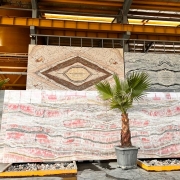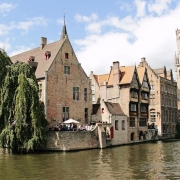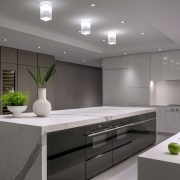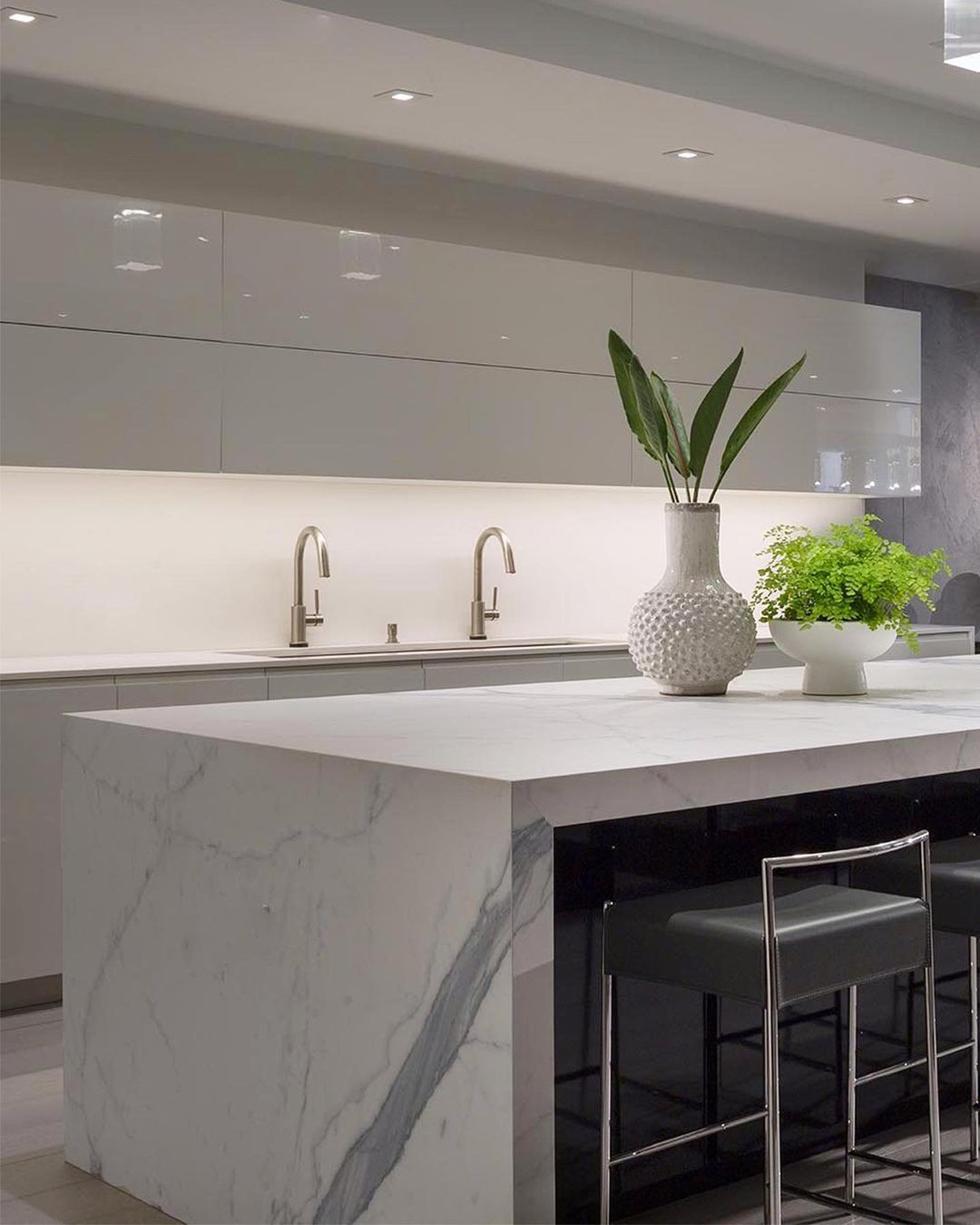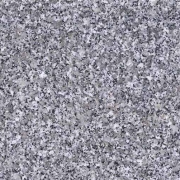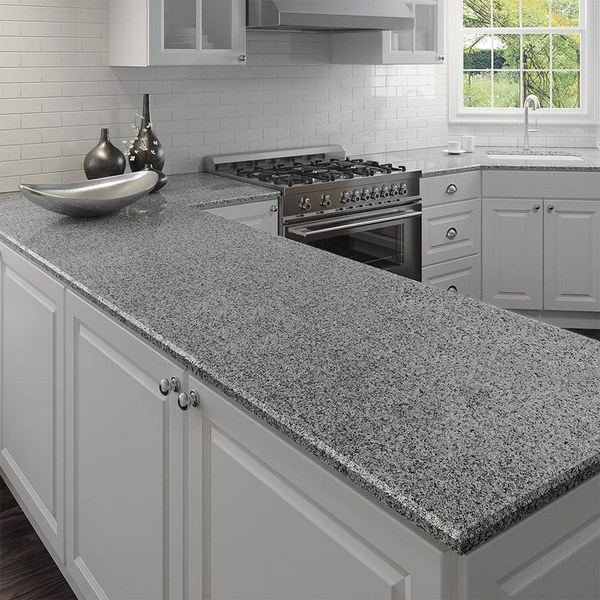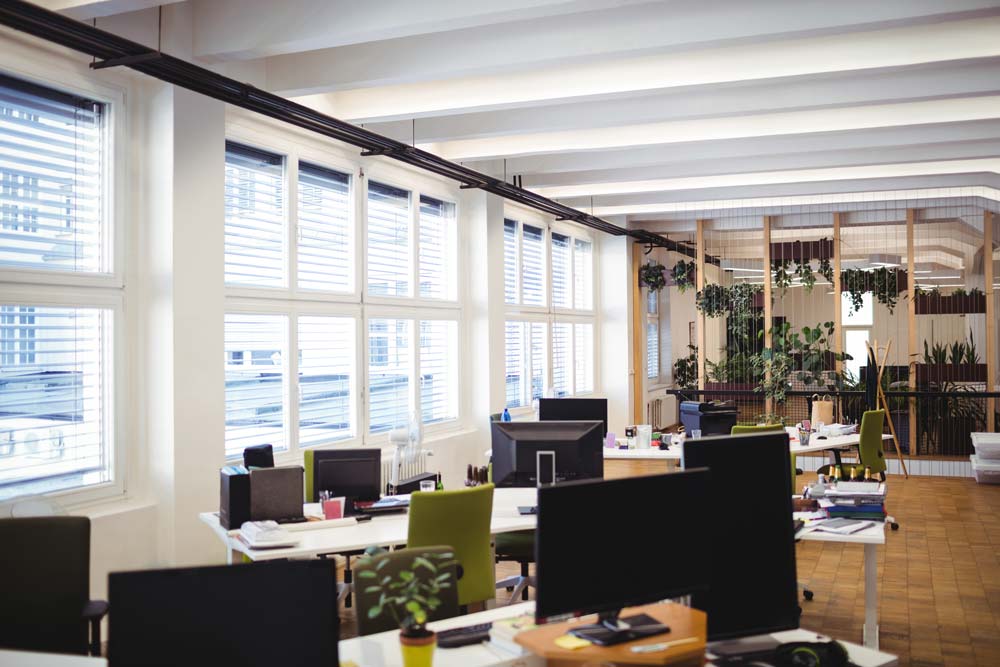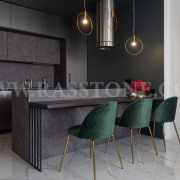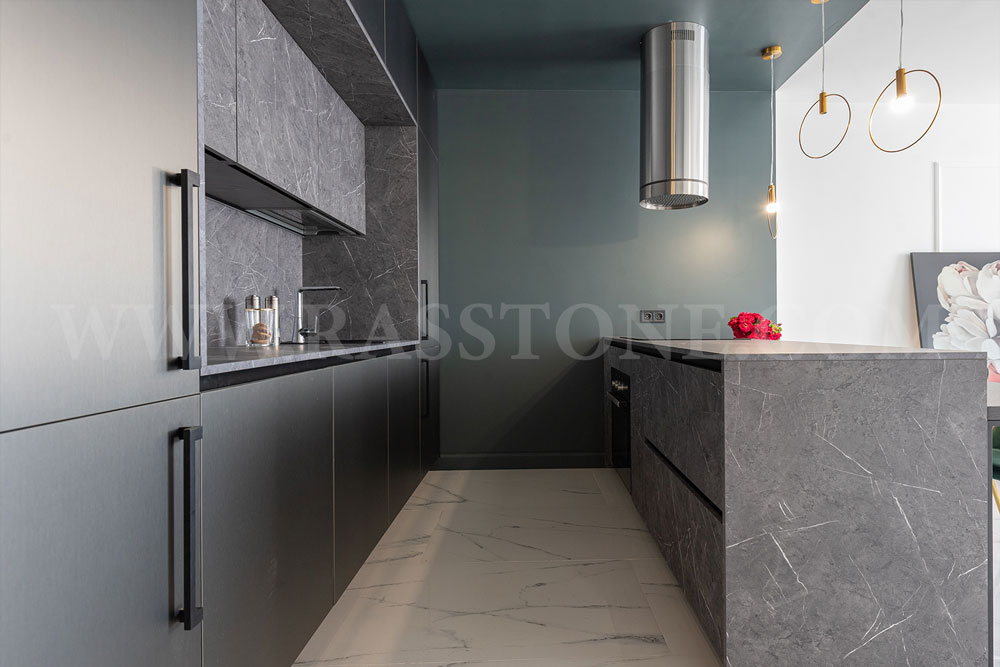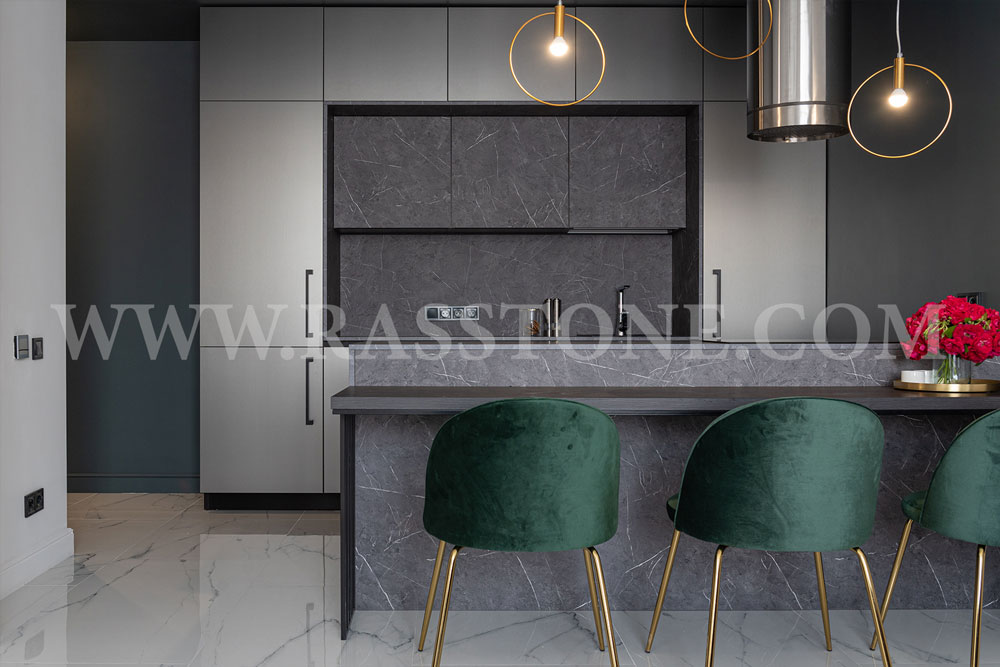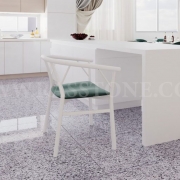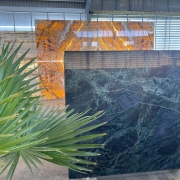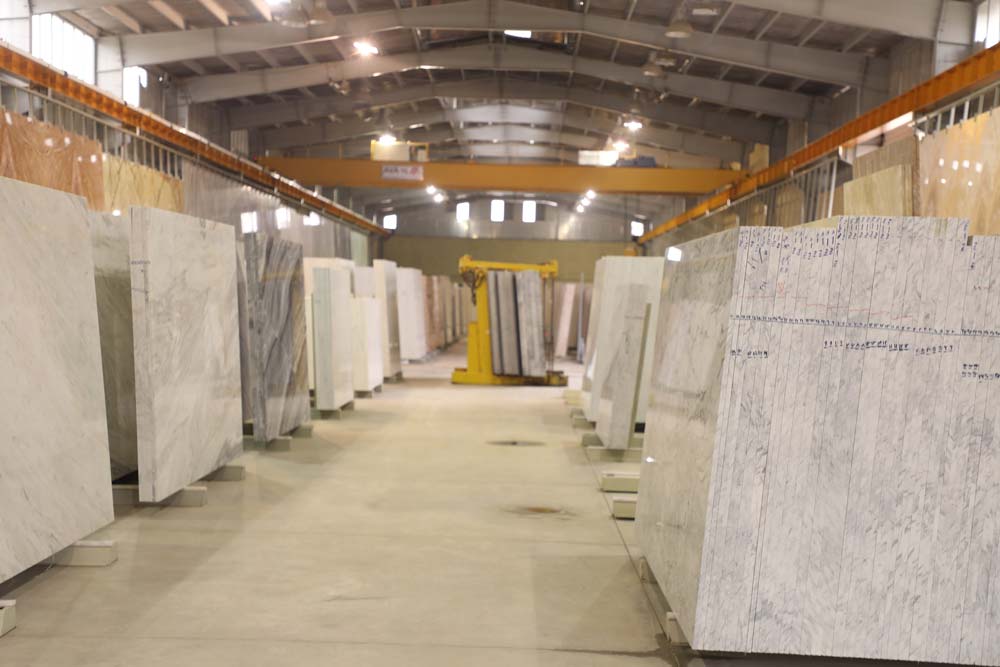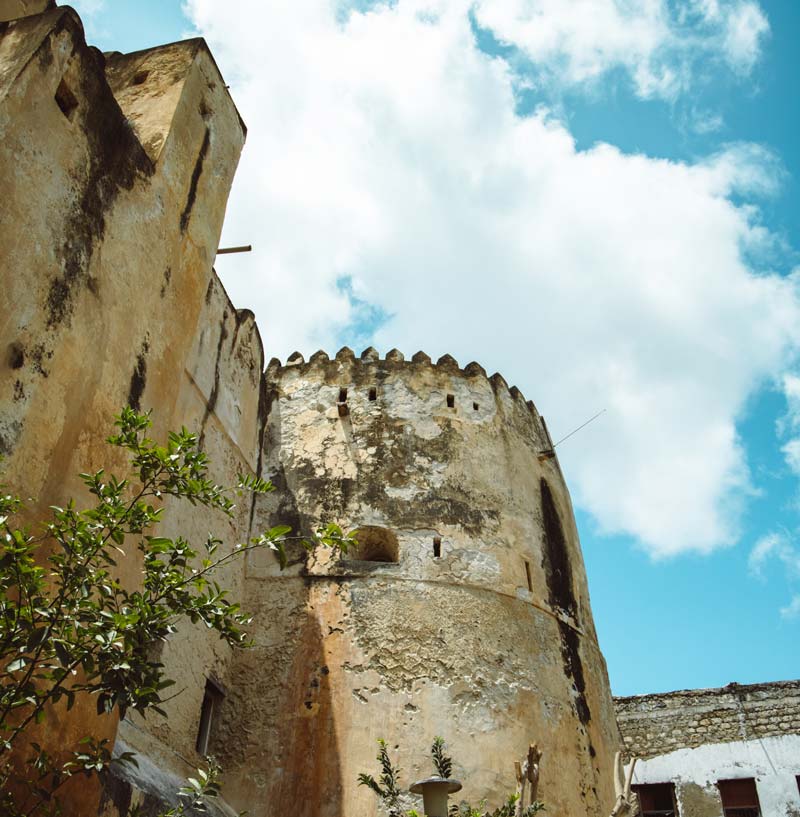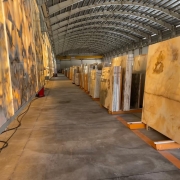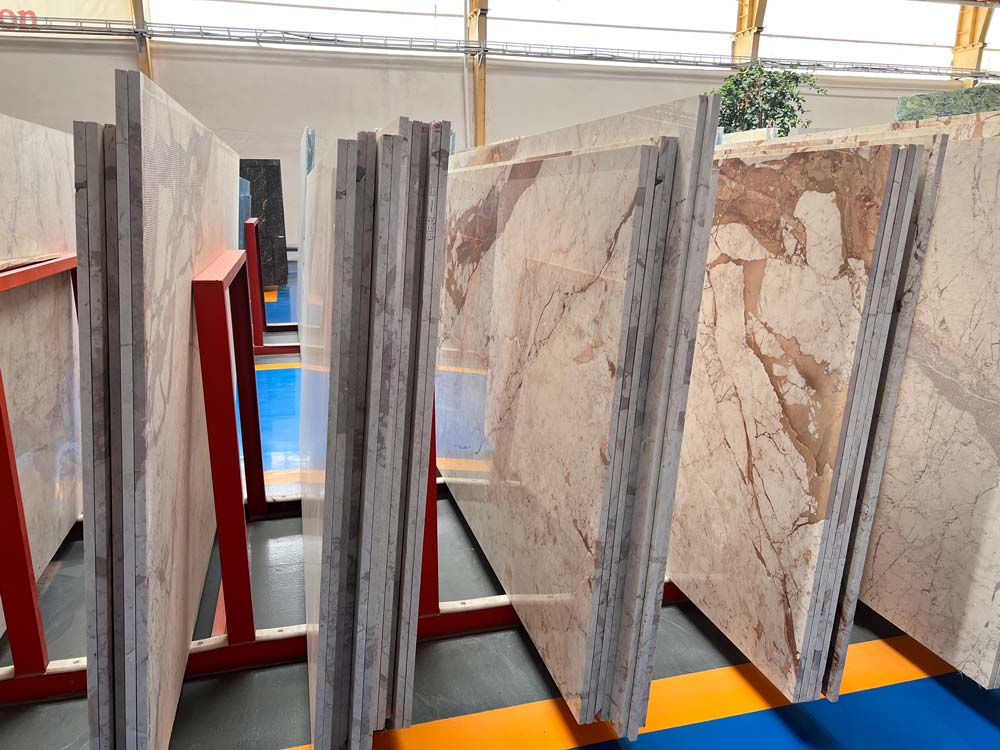Colored building stones
In this article, we are going to talk about colored building stones and their uses in constructions.
One of the advantages that can be considered for building stones is that they can be mined in different colors. Also, different elements and minerals in these stones cause them to have different colors and appearances. This wide range of colors can be a positive point for designers, so that they can use these stones in different parts.
We can almost say that we all know different building stones which include travertine, granite, marble, onyx, crystal and etc. All of these stones are formed according to the type of soil, geographical location, mine and other factors. And, these factors can detect the characteristics of each of these stones. Colored building stones are also from the same category of stones and have different types.
Colored Travertine Stones
Travertine is one of the most important sedimentary stones. The varieties of colors in travertine stones are due to the amounts of salt in the spring waters that can change the color of travertine stones. In fact, the lower the amount of water salt, the brighter the color of the stone. So, the salt in the spring waters can be considered as one of the reasons for the creation of colored travertine building stones. Travertine stones include various types, and you can choose whatever color you want to use in different parts of your building. The different travertine colors include:
- Golden travertine stone
- Red travertine stone
- Brown travertine stone
- Gray travertine stone
- Dark brown travertine stone
- Lemon travertine stone
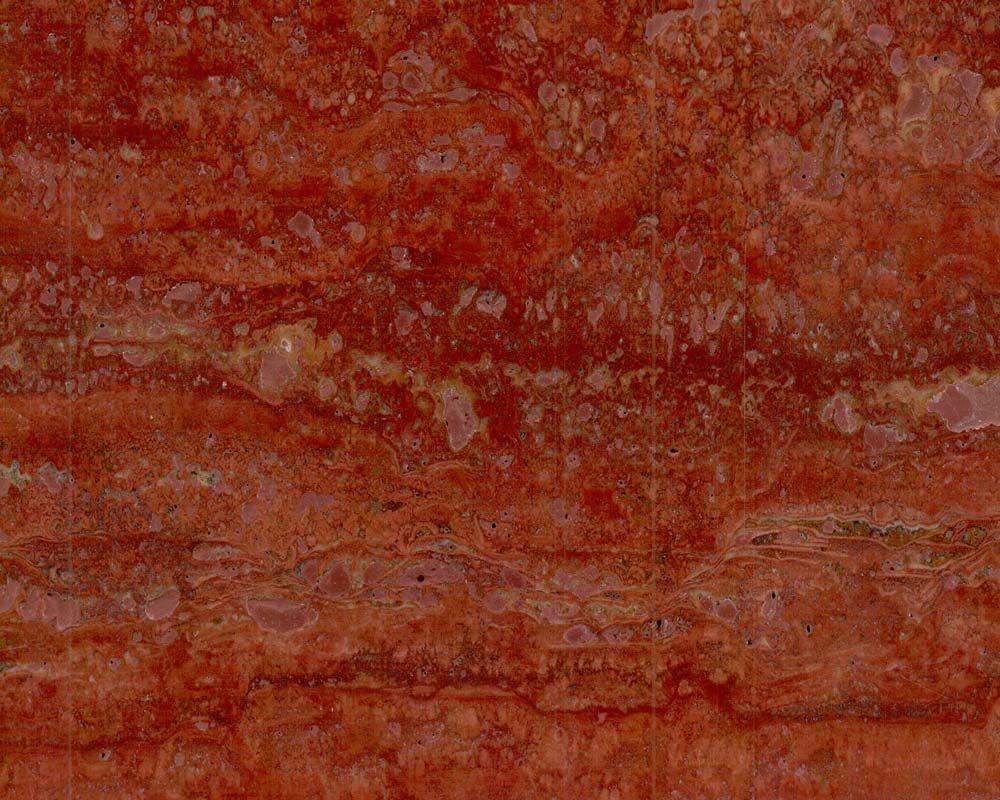
Colored Marble Stones
There are many elements and minerals in the structure of marble stones. Among these elements, we can mention carbon, silicate, chlorite, limonite, manganese carbonate and other materials. In marble stones, whenever the amounts of each of these materials and elements increases, the color of the stone will change. For example, as the amounts of chlorite and silicate in a marble stone increase, it will change the color of the stone to green. So, for this reason we have many colored stones in the category of marbles. Also, the presence of carbon changes the color of the stone closer to cream and black. And, the red color in marble stones indicates that there is more manganese carbonate and hematite in them. The presence of limonite in marble stones causes the stone to have a yellow or cream color. These stones are one of the most popular types of colored building stones.
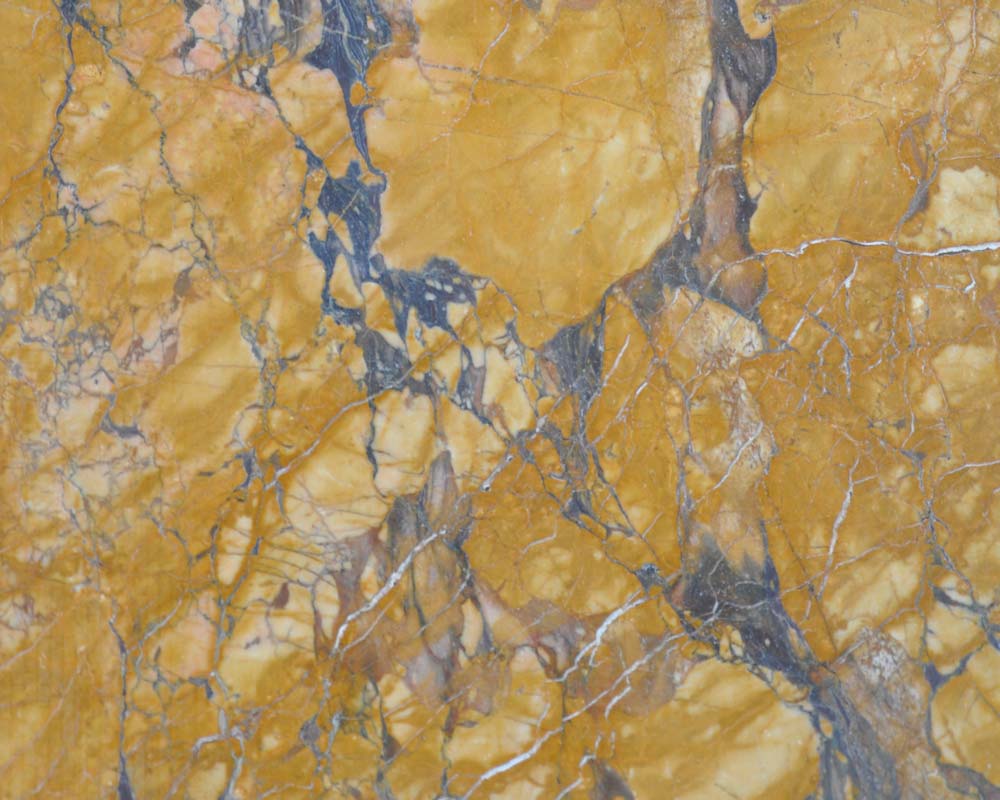
Colored Onyx Stones
Another popular building stone that has a high variety of colors is onyx. These stones can be seen in different colors according to their elements and minerals. If there is calcium carbonate in this stone, the color changes to white. Elements such as iron, magnesium and aluminum can also change the color of these building stones. Iron oxide can cause it to turn brown or yellow, and the presence of manganese also creates a black or gray color in onyx stones. So, the different onyx colors include: red, pink, green, black, brown and gray onyx stones.
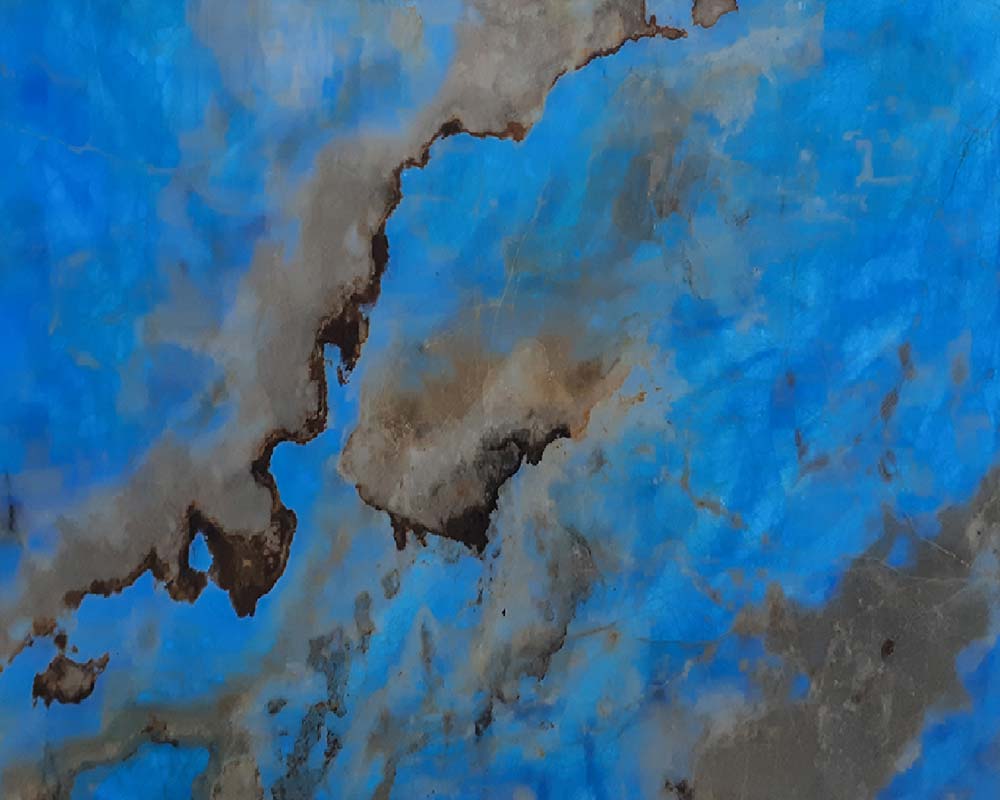
The use of colored building stones
Colored building stones have various uses in constructions. The uses of these stones are different according to their type and quality. The travertine stones can be used in the exterior or façade of classic and modern buildings. Also, the colored building stones are use in the interior of the buildings for beautification. As you know, colors can play a significant role in the architecture and interior decoration of all buildings. For this reason, a variety of colors in building stones is a great advantage for buyers.
Buying colored building stones
Various factors play a role in the price of colored building stones. Therefore, before making a purchase, be sure to pay attention to the factors affecting the price of the building stones. When you want to buy stones, you should consider factors such as stone quality, thickness, type of processing and etc. If you choose to buy colored building stones online, you must pay attention to the things like the originality of the product and price guarantee. In this field, with several years of experience and high customer satisfaction, Ross Stone can be a very suitable option for your online purchasing.

